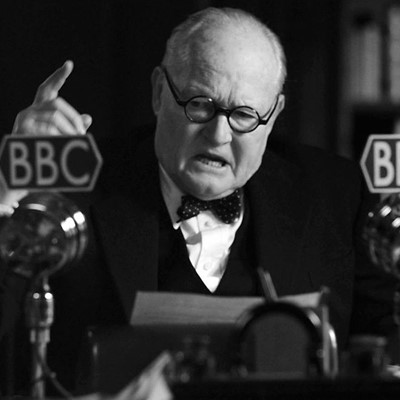
"Quarantine makes you miss a lot of things…but one of the things I miss most is public speaking."
We saw this observation in an Instagram post from Leigh-Kathryn Bonner of @beedowntown, who was saying how much she misses presenting in front of audiences since the pandemic has sent us all online.
We can relate.
While public speaking comes with certain stresses, for sure, it also brings a lot of advantages and rewards—including a live audience to laugh at your humor, respond to your eye contact, and give you a hint or two through their body language that they're ready for you to move on to your next point. And we've never appreciated those advantages more than during this era of the online meeting/presentation.
We've also seen that the essential elements of a strong message are even more essential when you're online. As you prepare for your next online presentation, keep these fundamentals in mind:
1. Let the audience know why they care about your message, up front.
Some online meetings and presentations may have a softer start, as people chat when they first log on. That's great. But like any good in-person meeting or speech, your online message should also start strong. So have one, even if you ease into it after a bit of friendly conversation.
What makes a strong open? A strong open does two things: 1) it lets your audience know the topic, and 2) it makes it clear why your message is valuable to them.
A strong open gets the audience on board quickly. Too often, speakers start slow, warming up to their topic. In some presentations, the big idea isn't clear until the end. That's too late!
Why it matters online: Surrounded by dozens of opportunities to tune out, your audience needs some motivation to tune in—so provide it.
2. Use fewer words to say more.
When a speaker overloads a talk with empty words, it muddies the message and frustrates the audience. They have to weed out the fluff (I think…I would like to add…the fact of the matter is…so like…) to find the substance.
Short sentences and simple words make it easier to follow along. We always tell students in our programs that getting to your point efficiently is a compliment to your audience: It shows you value their time.
When you drone on, you generate all sorts of reactions most speakers want to avoid. You try the patience of your audience. You risk boring them. And you suggest, perhaps, that you rather like the sound of your own voice.
Why it matters online: Some speakers can ramble a bit but hold onto attention and goodwill with their dynamic physical presence—which is harder to do online. And again, your audience has other activities at their fingertips. If you ramble, they can turn their attention too easily somewhere else.
3. Work hard to keep the audience engaged.
For in-person presentations, that means throwing yourself into delivering with energy, varying your pace and vocal tones, making locking eye contact, and managing PowerPoint so that it supports your message and doesn't distract from it.
It also means finding ways to engage the audience: Asking rhetorical questions to get the audience thinking, telling stories to draw the audience in, and inviting questions as you present are just some of the ways we do that when we're speaking in front of people.
Why it matters online: It's easy to feel disconnected when you're not all in the same room, reading body language and making eye contact. And if you're using PowerPoint, the temptation is even greater for your audience to read the slide instead of listen to you. All that makes it more important to:
- Keep PowerPoint slides simple. Maybe you use more slides with less information on each slide, for example. Stick to key words and avoid full sentences.
- Realize that eye contact online means looking into the camera, so set yourself up with camera and notes at eye level so you can do that.
- Be deliberate in how you bring energy to your delivery. Maybe you stand to deliver your presentation instead of sit. (An ironing board is an easy way to elevate your laptop at home if you want to deliver on your feet.)
- Consider pausing more frequently for questions and discussion, so that you get the audience engaged. Check in with them, for example, after each major point. This may require patience (and even courage) on your part, for as we've all seen, it takes participants a minute to think of questions, unmute, and say something.
Get more tips
For our how-to on creating a strong open, check this out.
For tips to help you make the most of PowerPoint, see this.
And here, a look at the powerful force of using simple words.






